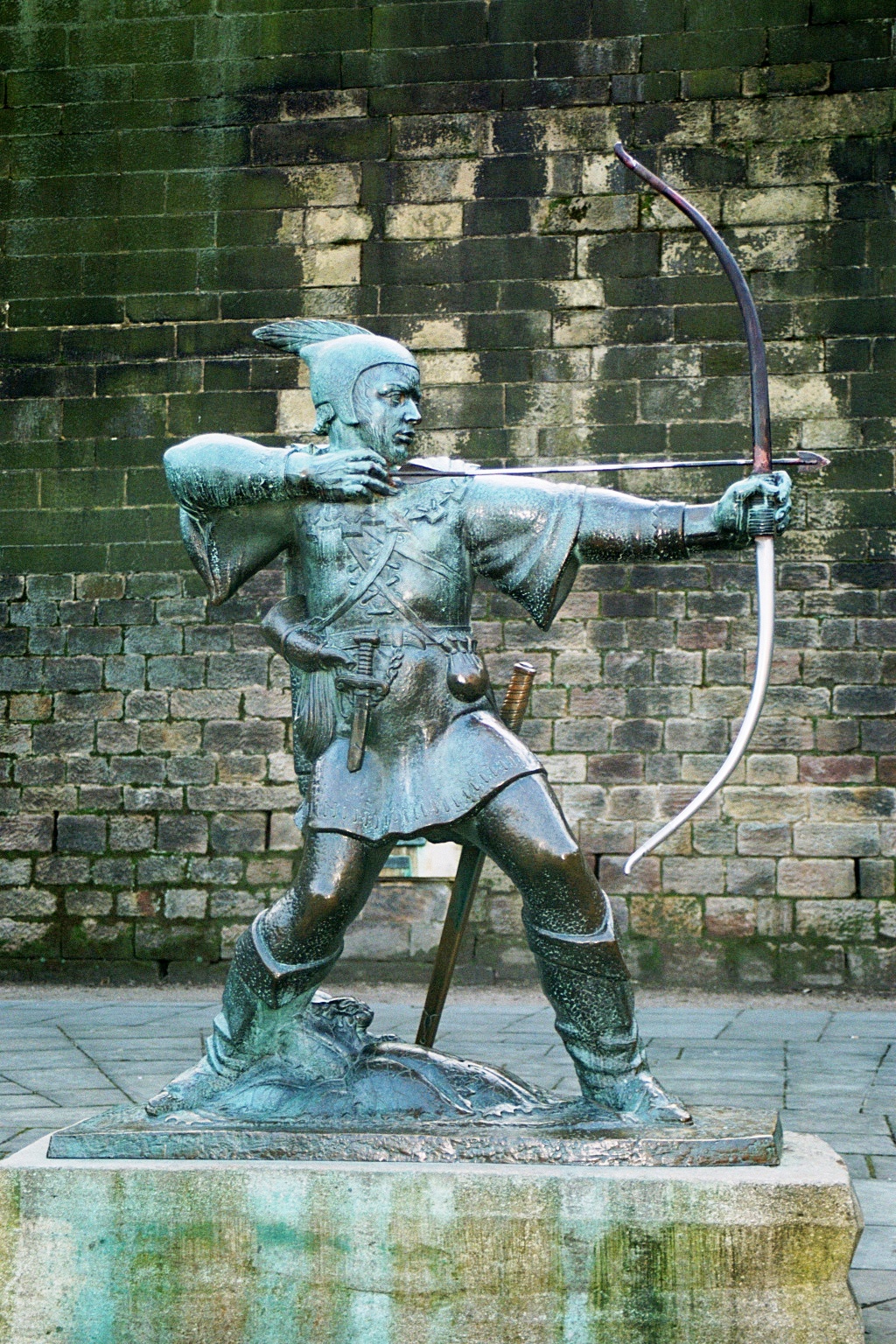“Steal from the rich to give to the poor.” That’s the phrase most commonly used to sum up the legend of Robin Hood. But we should remember that Robin Hood is not a historical figure with a verified biography. He is a legend, a popular tale shaped over centuries. Its strength lies not in what actually happened — because it probably never did — but in what it represents. And like all legends, it is open to interpretation.
If we take the time to revisit the original myth, we find a figure quite different from the one we’ve been sold. Robin Hood didn’t fight merchants or bankers, nor did he raid private estates just to hand out coins in villages. His enemies were very specific: Prince John Lackland, who ruled England during the absence of King Richard the Lionheart, and his enforcer, the Sheriff of Nottingham. In other words, power and its tax collector. We may not know for sure what drove him — whether it was social injustice, abuse of power, or a mix of both — but what his actions clearly show is that his goal was not to redistribute wealth, but to return what had been taken by force. Robin Hood didn’t expropriate to allocate resources according to his own standards; he sought to restore what had been previously stolen.
From this perspective, Robin Hood stops being a socialist icon and becomes something far more uncomfortable for the dominant narrative: a symbol of resistance against fiscal power. And far from being a forced reading, this interpretation fits well with the essential elements of the story. The “rich” he supposedly robbed were not free-market entrepreneurs, but aristocrats living off political privilege. The people’s poverty wasn’t caused by capitalist greed, but by abusive taxation. Robin Hood wasn’t fighting those who had, he was fighting those who took.
This reinterpretation not only sheds new light on Robin Hood’s actions, but also reminds us that legends are often simplified to serve present-day ideologies. Over time, powerful institutions have redefined historical and mythical figures to legitimize their own narratives. In doing so, they strip these stories of their original context and complexity. Revisiting the Robin Hood myth isn’t just an academic exercise, it’s a way of questioning who controls the cultural meanings we take for granted.
Today, we live under tax systems that, in some cases, absorb more than 50% of what individuals produce. Between income taxes, consumption taxes, savings taxes, and taxes on investment, the average citizen gives up half their working life to the State. And in return? Public services often come inflated in cost (especially in transport), surrounded by bloated administrative structures, and at times subject to political favoritism. Much like in the legend, power today wraps itself in moral rhetoric — justice, equality, solidarity — to justify its intervention. But in practice, it’s not always clear that those who contribute the most receive something fair in return, nor that the resources managed by the State are handled with the efficiency they deserve.
What’s most revealing is that those who today claim the legacy of Robin Hood are, in truth, behaving like the Sheriff of Nottingham. They collect by force, allocate resources from above, and present themselves as saviors of the disadvantaged while funding a political caste that lives off the State. They don’t return what was taken, they redistribute it according to their own discretion. They don’t fight power, they are power. If Robin Hood lived today, he would likely oppose them with the same determination he showed toward medieval tax collectors.
Many people might argue that Robin Hood’s actions were wrong from a libertarian standpoint because he was a thief, and theft —from a conventional ethical perspective— is wrong. However, if we distinguish between imposed legality and morality, we can say that while theft is formally wrong, it is morally legitimate to return what was previously taken through State coercion. In this light, Robin Hood was not a thief, but a restorer of justice in the face of institutional plunder.
And yes, in a way, the legend’s most famous phrase isn’t entirely wrong. Robin Hood did steal from the rich to give to the poor. But if we read it carefully, we see that “rich” didn’t simply mean those with money, but those who concentrated power; and “poor” weren’t just the needy, but all those unjustly stripped of what was theirs. In that sense, today’s poor are all the productive people drained by taxes, and the rich are those who govern and manipulate the system to their own advantage. That’s the great irony of the myth: it’s been used for decades to justify political power, when in fact, it tells a story against political power.
The welfare state, with all its redistributive machinery, needs its own Robin Hood. Not someone to hand out more benefits, but someone to give back what was taken. Not a figure who draws up new social plans, but one who calls out the reality that there’s no wealth left to redistribute without further draining those who produce it. Robin Hood wasn’t a tax slogan, he was an act of rebellion against power disguised as justice. And perhaps for that very reason, now more than ever, we need fewer Sheriffs of Nottingham and more Robin Hoods.
This piece solely expresses the opinion of the author and not necessarily the magazine as a whole. SpeakFreely is committed to facilitating a broad dialogue for liberty, representing a variety of opinions. Support freedom and independent journalism by donating today.
